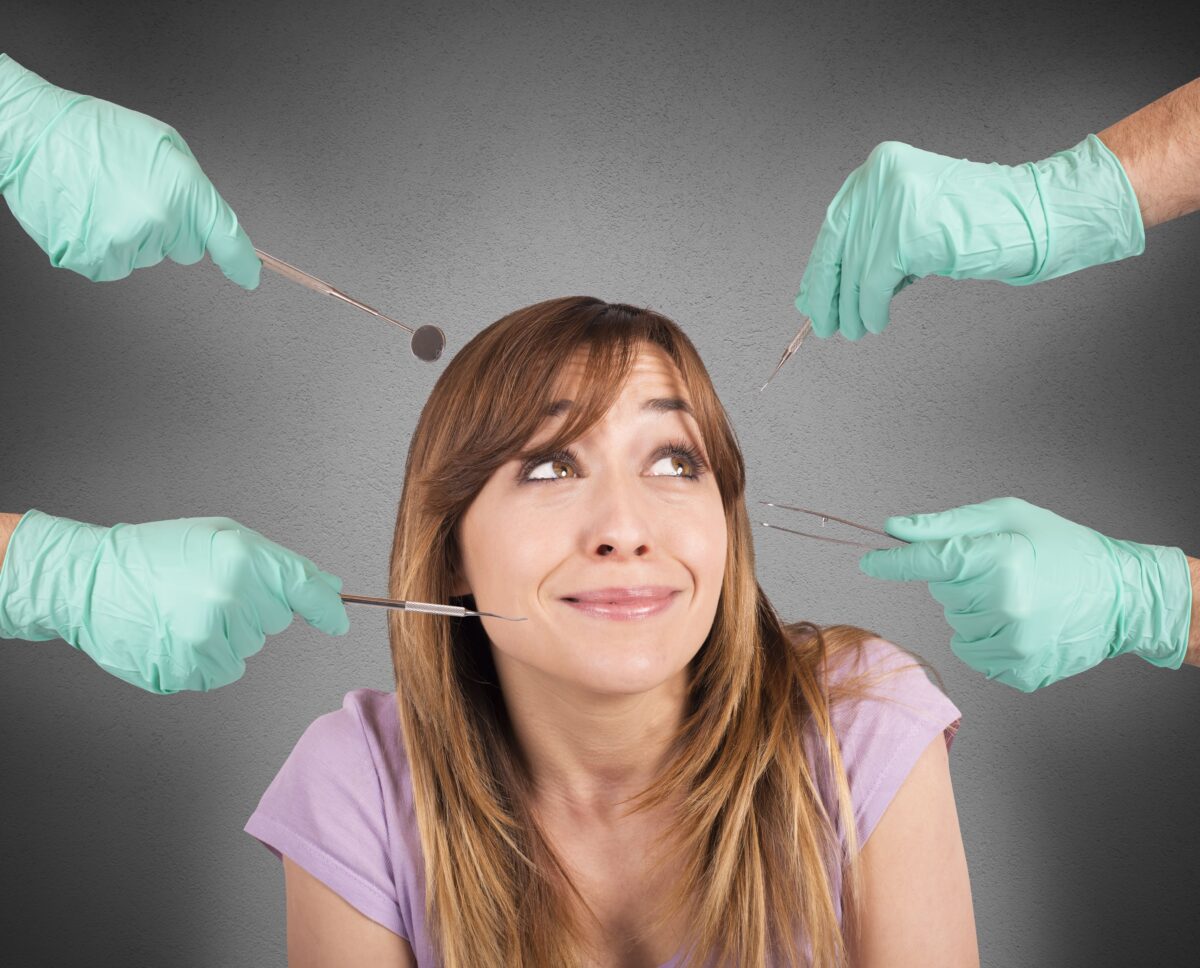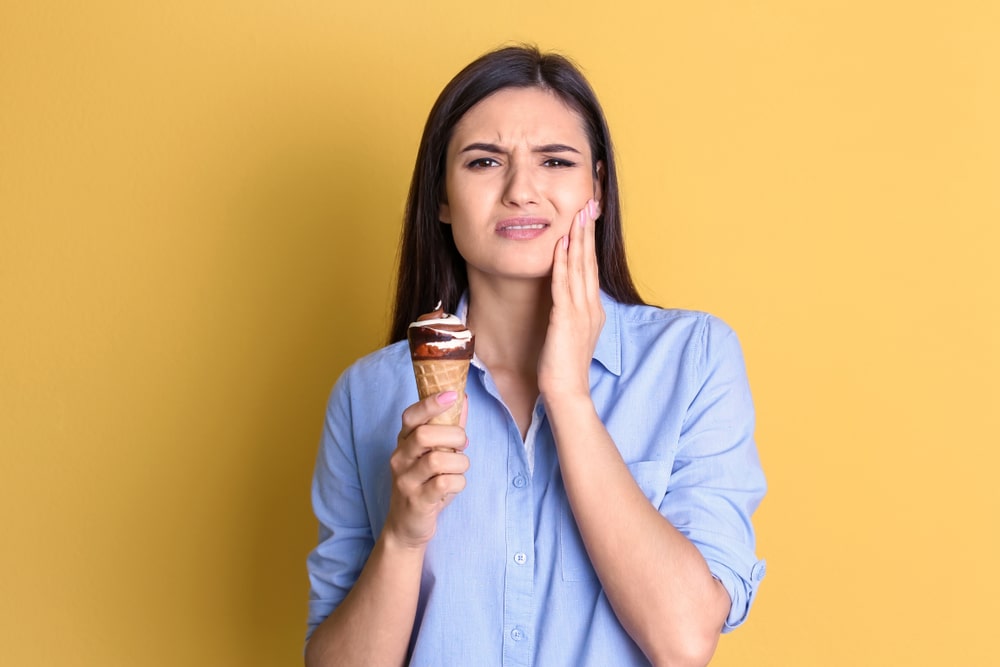Dental emergencies can be alarming and painful, requiring immediate attention to alleviate pain and ensure the health of your teeth and gums. Understanding how to react when common dental emergencies occur can significantly impact your oral health outcomes. Here’s a comprehensive guide on dealing with dental emergencies, ensuring you’re prepared for anything that comes your way.
Toothaches
When faced with the common dental emergency of a toothache, immediate and proper action can greatly alleviate discomfort and prevent potential complications. Begin by gently rinsing your mouth with warm water to cleanse the area, followed by carefully using dental floss to remove any food particles or debris that may be contributing to the pain. To reduce swelling and numb the surrounding area, apply a cold compress externally to the cheek or mouth near the affected area. Avoid applying heat or any kind of topical painkiller directly onto the gum as this could worsen the situation. Over-the-counter pain relievers can be taken to help manage the pain, but they should not be placed directly on the tooth or gums. Most importantly, contact your dentist for emergency dental care as soon as possible. A toothache often signifies an underlying issue that requires professional attention, such as decay, an abscess, or other conditions that may not resolve without dental intervention. Your dentist will be able to diagnose the cause of the toothache and recommend the appropriate treatment to relieve your pain and address the problem.
Broken or Chipped Teeth

If you encounter the dental emergency of a chipped or broken tooth, it’s crucial to take immediate steps to minimize pain and prevent further damage. Start by rinsing your mouth with warm water to clean the area and remove any tooth fragments. If bleeding occurs, apply a piece of sterile gauze to the area until the bleeding stops, usually within 10 minutes. You can also use a cold compress on the cheek or lips over the broken tooth to reduce swelling and relieve pain. If you’re able to find the broken tooth fragment, save it and bring it with you to the dentist, as it might be possible to reattach it. Avoid chewing on the affected side of your mouth and stick to soft foods to prevent additional damage. Over-the-counter pain relievers can help alleviate discomfort, but make sure not to apply any medication directly onto the gum or exposed tooth area. Promptly contact your dentist to schedule an emergency appointment. The sooner you receive professional care, the better the chances of repairing the tooth, especially if the damage extends to the tooth’s inner layers. Your dentist will assess the extent of the damage and recommend the best course of action, such as a filling, crown, or other restorative procedures.
Knocked Out Teeth
In the event of a knocked-out tooth, time is of the essence, and immediate action is crucial for increasing the chances of saving the tooth. First, carefully pick up the tooth by the crown (the part that is not normally visible in the mouth), avoiding touching the root to minimize damage. If the tooth is dirty, gently rinse it with milk or saline solution; do not use tap water, and avoid scrubbing or removing any attached tissue fragments. Attempt to reinsert the tooth into its socket if possible, ensuring it is facing the correct way, but do not force it. If reinsertion is not possible, place the tooth in a small container of milk, saline solution, or a cell growth medium available in emergency dental preservation kits. Contact your dentist immediately for an emergency appointment, as the chances of successfully reimplanting the tooth are highest if you see a dentist within 30 minutes to an hour of the incident. Remember, proper handling and swift action can significantly impact the outcome of a knocked-out tooth emergency.
Lost Fillings or Crowns
When faced with the dental emergency of a lost filling or crown, it’s important to act promptly to protect the tooth and alleviate discomfort until you can see your dentist. If you’ve lost a crown, try to locate it and clean it gently. You may temporarily reattach the crown to your tooth using over-the-counter dental cement, denture adhesive, or even toothpaste if no other options are available. For a lost filling, you can temporarily fill the gap with dental cement, which is available at most pharmacies, or use sugar-free gum as a temporary solution. It’s crucial to avoid chewing with the affected tooth to prevent further damage. Rinse your mouth with warm water to clean the area and apply a cold compress if there is any pain or swelling. Contact your dentist as soon as possible to schedule an appointment for a permanent repair. A lost filling or crown can leave your tooth at risk for further damage and decay, so it’s important to have it professionally addressed promptly.
Conclusion:
While knowing how to handle dental emergencies is crucial, prevention through regular dental checkups and good oral hygiene practices is key to avoiding many common dental emergencies. Always wear protective mouthguards during sports and avoid chewing on hard objects like ice or hard candy that can crack your teeth. Remember, in any dental emergency, swift action and immediate contact with your dentist can make a significant difference in the outcome.

Dr. Snehlata Kulhari completed her Bachelors of Dental Surgery (BDS) at Government Dental College in Punjab, India and her Doctor of Dental Medicine (DMD) degree at the Henry M. Goldman School of Dental Medicine in Boston. She has been practicing dentistry since 2011 and has founded Smile Mantra Family Dentistry to provide dental care and education to the community of Cary, NC. Dr. Kulhari stays up to date on the latest dental research and advancements in order to offer her patients exceptional dental care.



